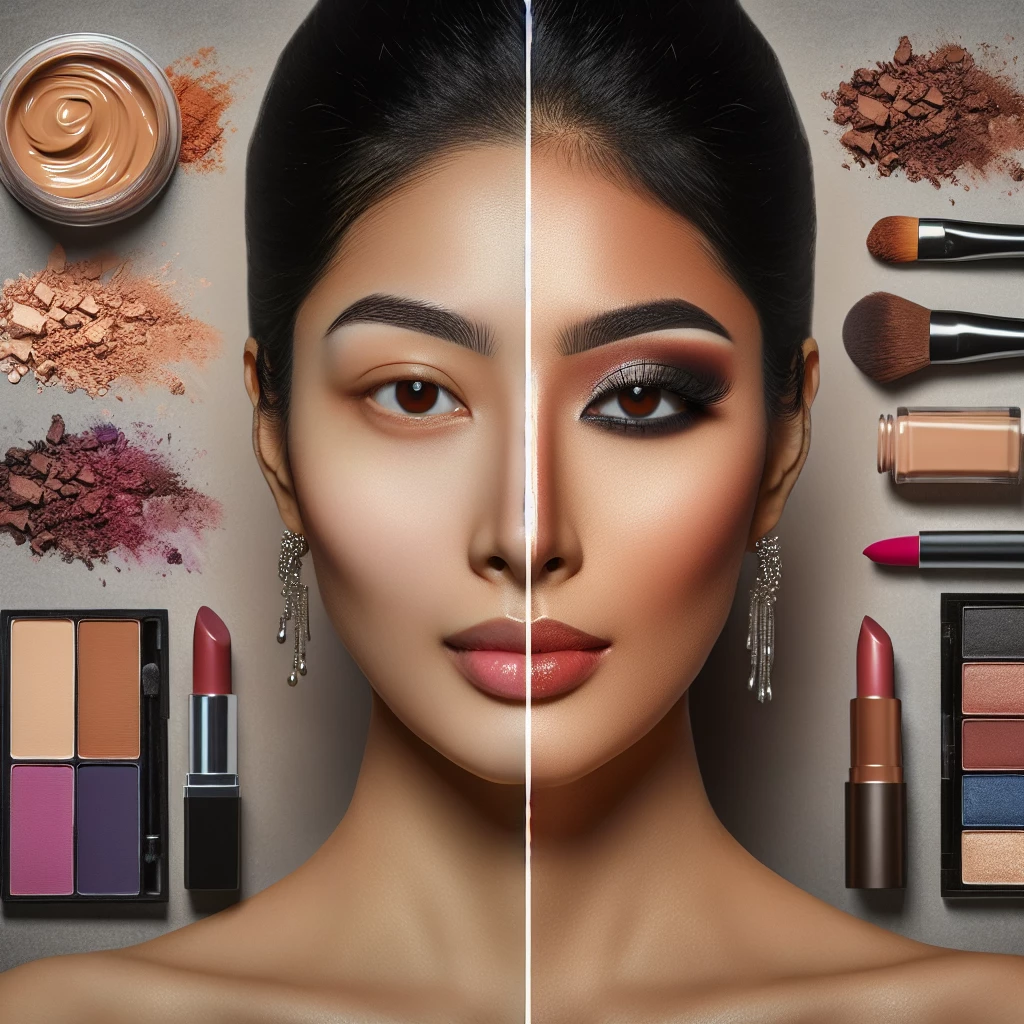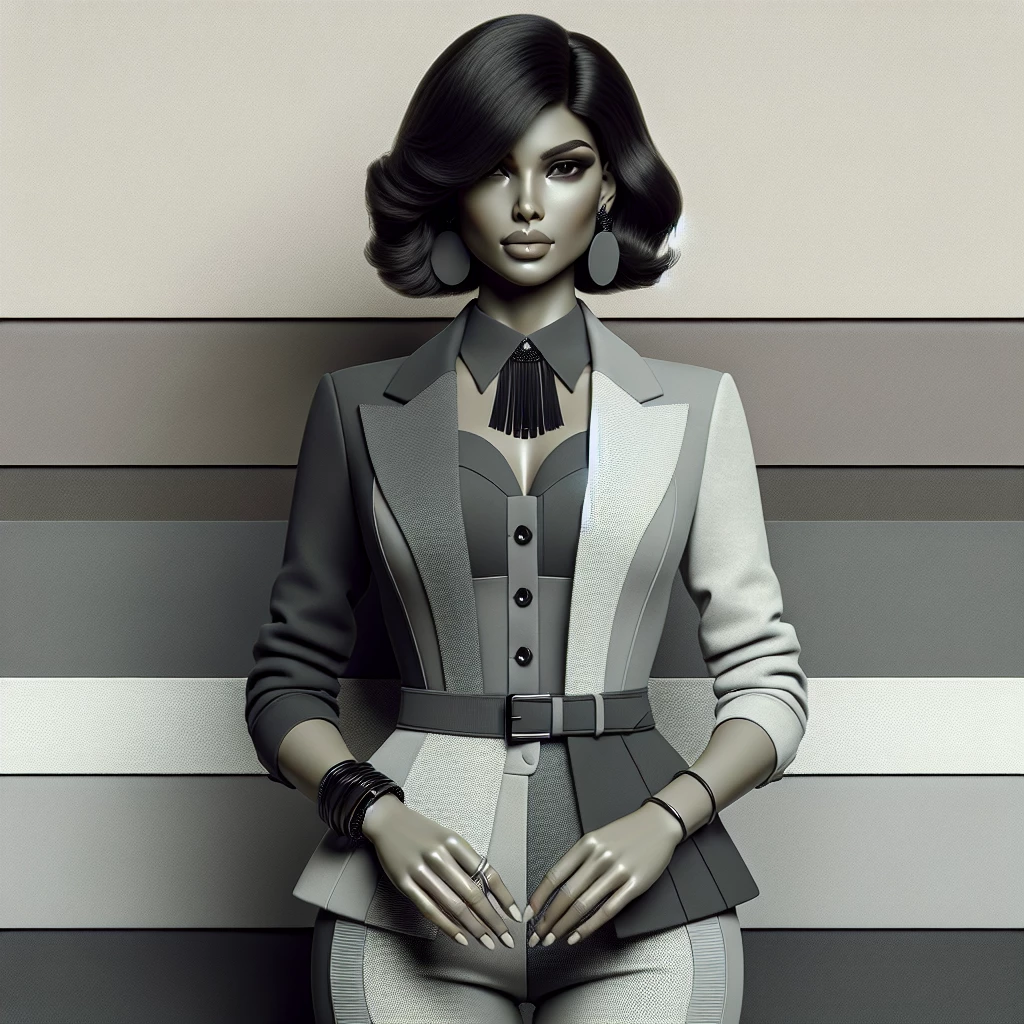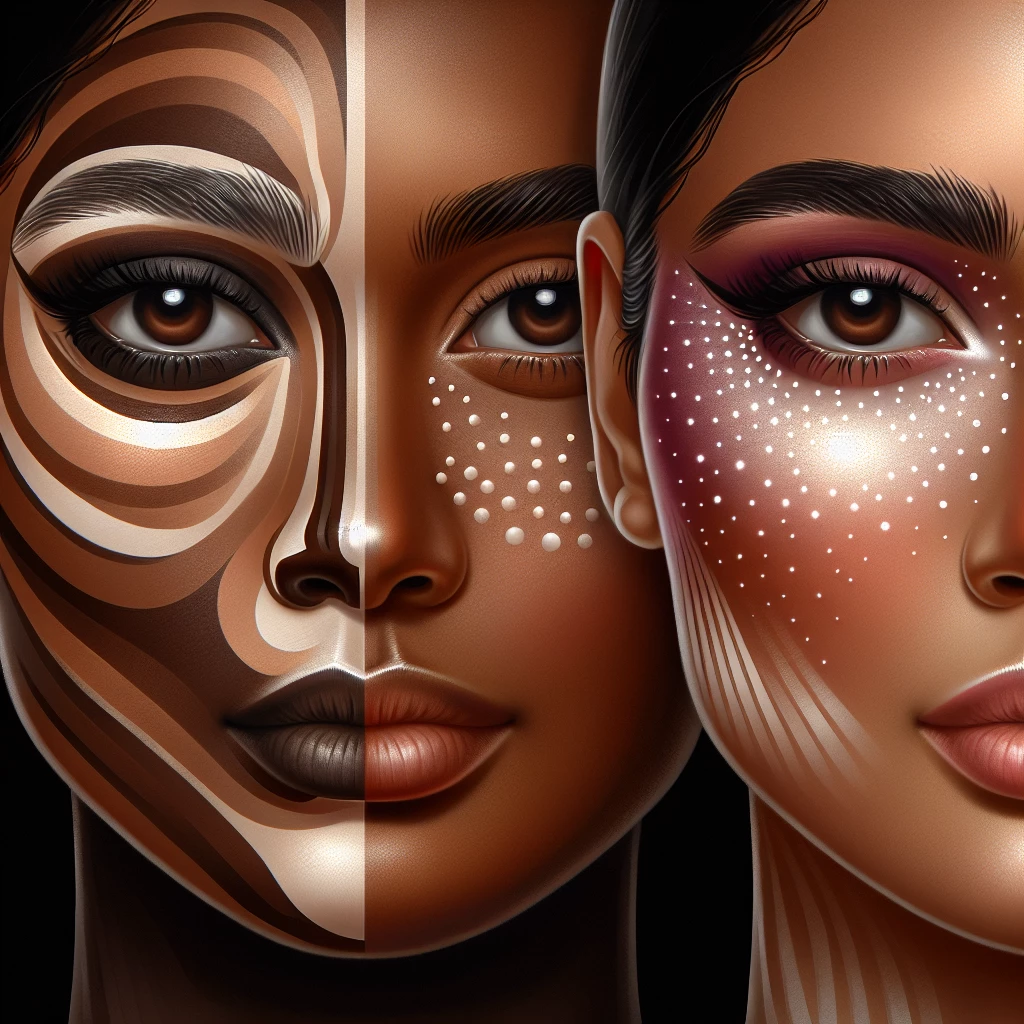The world of glam has always been revolutionary, with newer techniques popping up constantly. Among them, contouring and strobing have been game-changers in the realm of makeup. Both techniques are used to enhance the facial structure. However, they have key differences in terms of application, finish, and effect. This article will delve into the specifics and comprehensive comparison between contouring and strobing, some of the highly popular makeup techniques.
What is Contouring?
Contouring is a makeup technique that uses dark and light shades to define and reshape certain facial features. The main goal of contouring is to mimic the natural shadows on the face and create dimension. This technique can be used to amplify the cheekbones, slim the nose or forehead, and define the jawline.
Pioneered by the celebrity makeup artists, contouring has now become a mainstream makeup technique. It involves various products such as contouring palettes, stick contours, and cream contours, which are typically darker than your skin tone. They are used to create depth while lighter shades are used to enhance and highlight the facial features.
The art of contouring can be time-consuming and complicated, considering the blending needs for a natural result. It’s a process that can dramatically change the appearance and draw attention to the desired facial features, explaining its wide popularity despite its complex nature.
What is Strobing?
Strobing, in contrast to contouring, is all about adding luminosity to your face. Instead of creating shadows, strobing emphasizes the high points of the face where light naturally hits. It includes the cheekbones, brow bones, the bridge of the nose, cupid's bow, and the inner corners of the eyes.
Strobing makeup technique primarily involves highlighting products. The products range from illuminators, liquid or cream highlighters to shimmer powders. The choice of product largely depends upon personal preference and skin type. It's a relatively quicker technique than contouring and gives a youthful, glowing finish.
The technique of strobing, although comparatively easy and less time-consuming, requires the right application to avoid the appearance of an oily face. It's a perfect go-to for those who prefer a natural and dewy makeup effect.
Contouring vs Strobing: Key Differences
While both contouring and strobing are makeup techniques used to emphasize the facial structure, they achieve it differently. Contouring tends to offer a more dramatic and mature effect, whereas strobing offers a youthful, dewy and radiant appearance.
The products used for each technique also spell out a clear difference. Contouring products are usually matte and come in darker shades, while strobing products are typically luminous and lighter. The choice between the two techniques largely depends on personal preference, occasion, and makeup skills.
Although contouring can produce visually thinning effects, the presence of many dark shades can potentially make the makeup look heavy and thus, should be used sparingly. On the other hand, too much of strobing can give the impression of greasy skin. Hence, both techniques, despite their advantages, require the right balance and execution.
While the right application of either technique can create a flawless, three-dimensional look, the choice between contouring and strobing fundamentally depends on the look one wishes to achieve: dramatic and defined by contouring, or youthful and dewy by strobing. Remember, the essence of these makeup techniques is to enhance your natural beauty. So, play around, find out what works best on your face, and embrace your unique aesthetic sense.

Five-Minutes Makeup Hacks
In search of a quick and reliable makeup routine? Discover our top five-minute makeup tips.

Introduction to Organic Beauty Products
A deep dive into the pros and cons of incorporating organic beauty products into your daily makeup routine.

Transition Makeup from Day to Night
Discover effective tips for ensuring your makeup transitions smoothly from day to night.

Mastering the Monochromatic Look
Uncover the secrets to nailing the trendiest monochromatic makeup looks with our step by step guide.
